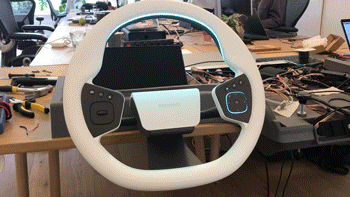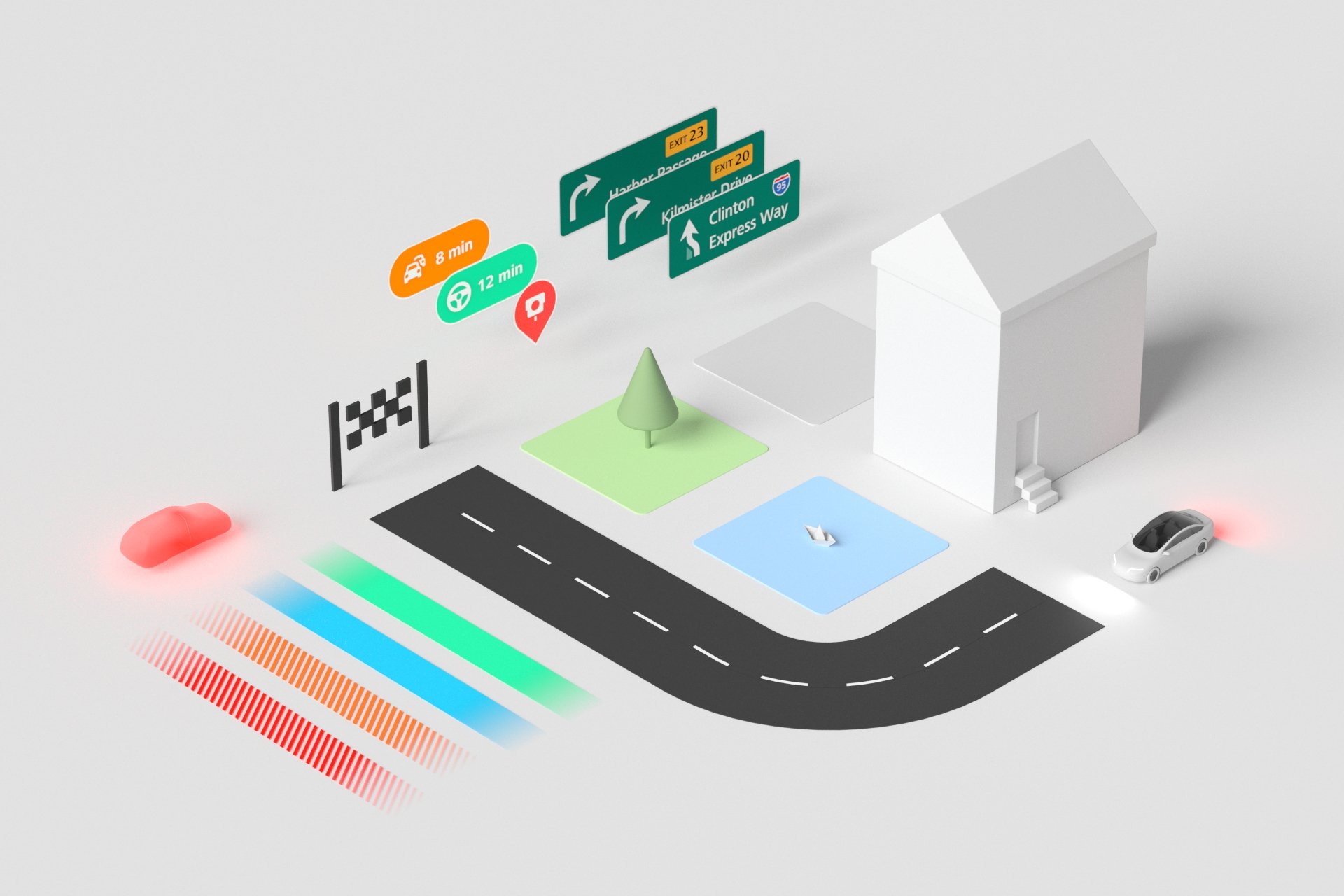TomTom (2017-2019) - An integrated approach to car navigation
The challenge
TomTom asked us to develop a prototype of a new car operating system, integrated in one coherent physical cockpit. This demonstrator would be used with their clients in the automotive industry and act as a starting point for their internal development teams.
My impact/role
Together with the other product designer I was responsible for the physical demonstrator and the interactions with the steering wheel. Using cardboard modeling we determined the rough shape, we then divided the model in two parts so we could work simultaneously to speed up the process.
Team
Product Designer (me)
Principal product designer
Principal UX designer
Product designer
3 Developers
Visual designer
Time frame
21 weeks
Insights
The entire car serves as, or will serve as, an interface. If all the different elements are not well-aligned, the perceived quality of individual touchpoints will be reduced. This is a missed opportunity that many existing car manufacturers still overlook. They are trying to outsource large parts of their development but too often this results in poorly integrated systems with mediocre UX.
By developing a prototype which offers multi-modal interactions; touchscreen, touchpad, physical buttons, turn-dials, voice, smartphone and intelligence you get a better understanding on how those different elements work together. There is no clear crossover point for this action is voice and this a button press.
The power of these seamless interactions lies in how attention and personal preferences shift very quickly within a car. The moment you’re in front of a traffic light the central touchscreen feels intuitive to use while moments later a glance of your eyes should be sufficient to answer a phone call. Providing people with the means to always feel in control no matter the circumstances.








